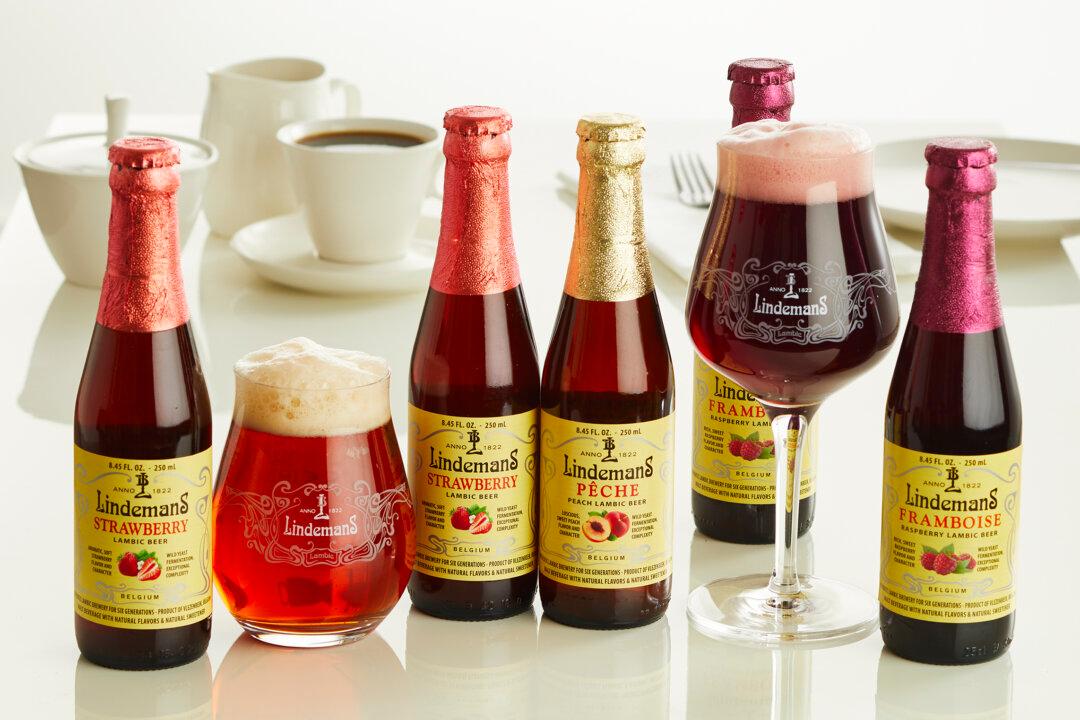Purists may cringe at the thought of fruit in beer, and I’ve met those who dismiss it: “That’s not beer!” In fact, it is—and fruit in brewing recipes has a history dating back to ancient Sumeria and Egypt, long before the inclusion of hops in beers.
It’s also quite familiar in more recent brewing history.





